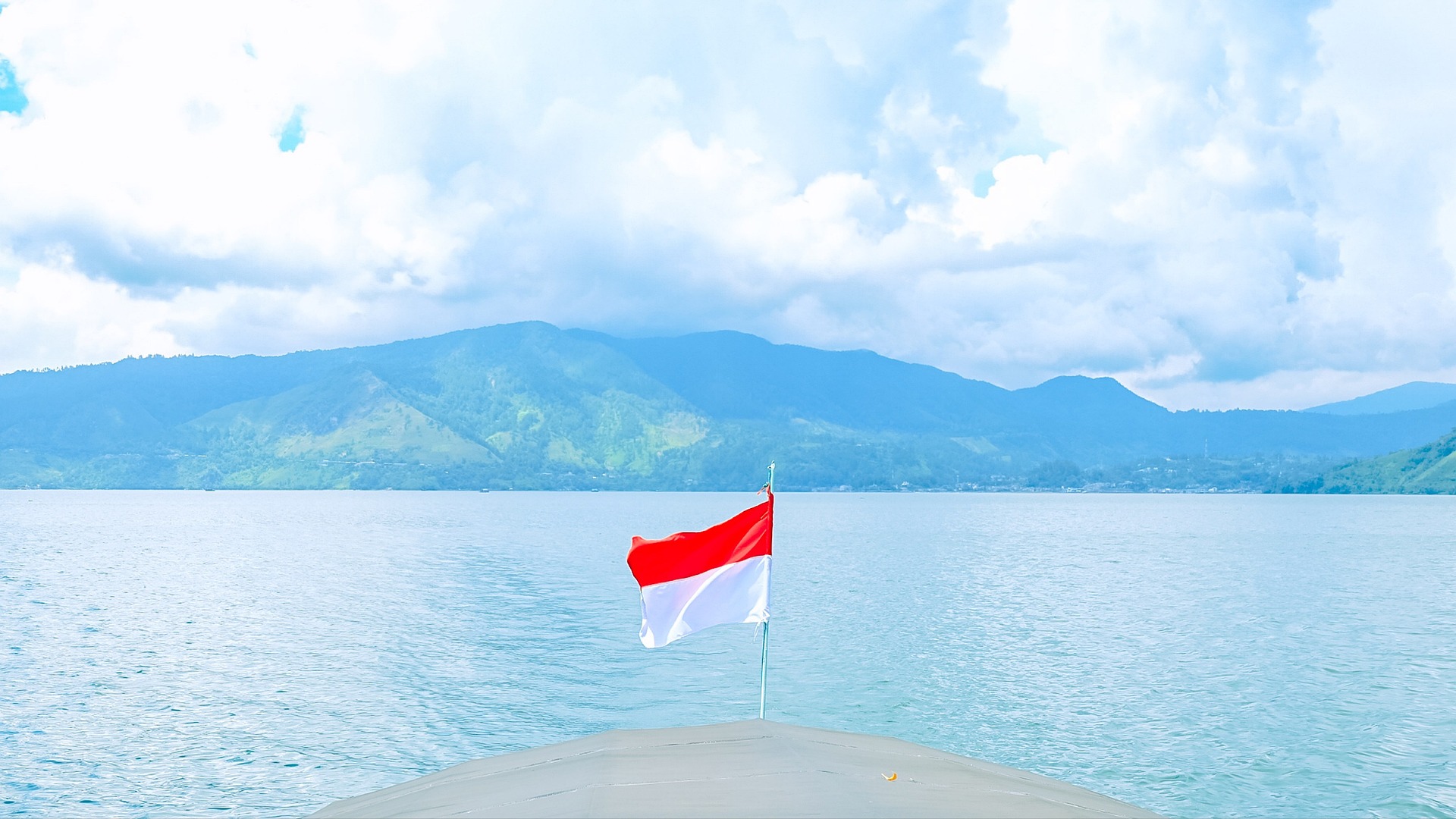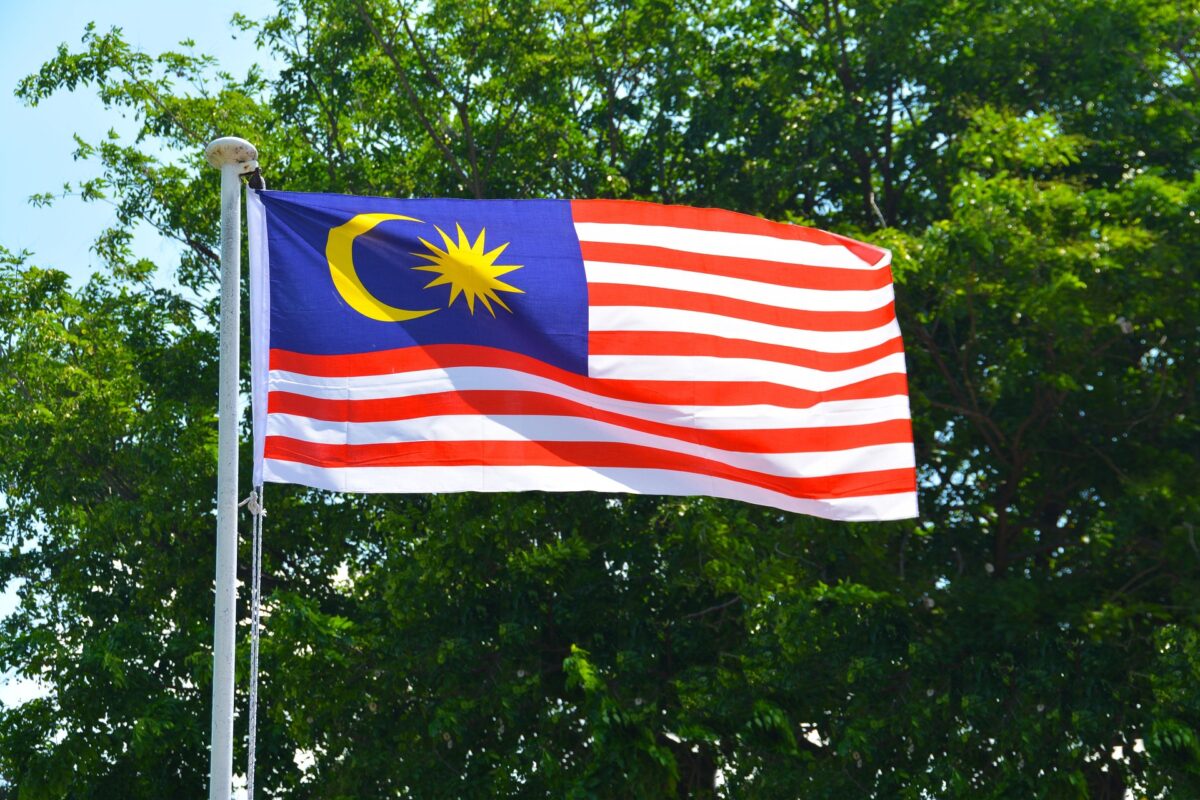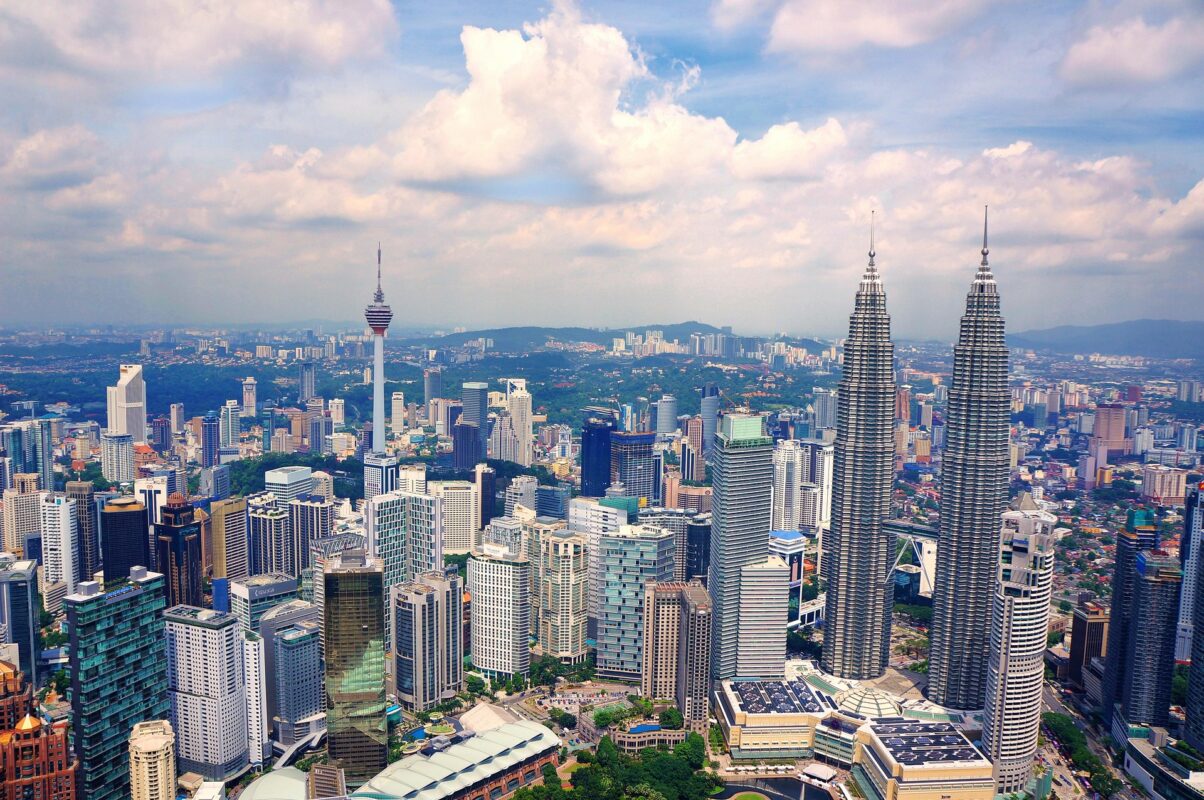
Blog
Kishida Departs for Southeast Asia: Views with Leaders on Decarbonization

Asia is taking its first major steps toward a zero-carbon future! On the morning of May 3rd, former Japanese Prime Minister Fumio Kishida departed from Narita Airport, embarking on a five-day diplomatic mission to Indonesia and Malaysia. His journey is aimed at promoting a bold vision: the Asia Zero Emission Community (AZEC), an initiative he proposed while in office, designed to foster cooperation between Japan and Southeast Asian nations in achieving both decarbonization and economic growth.
While no longer in the Prime Minister’s seat, Kishida remains a central figure in advancing Japan’s climate diplomacy. His latest trip underscores Japan’s desire to lead regional efforts in climate change mitigation while acknowledging the economic realities faced by emerging economies in Southeast Asia.
What Is AZEC—and Why Now?
Have you ever wondered how fast-growing countries in Asia can balance climate goals with the urgent need for economic development? That’s exactly the question Japan set out to answer when it introduced the Asia Zero Emission Community (AZEC) initiative back in 2022.
Instead of forcing every country to follow the same path, AZEC takes a different approach—one that acknowledges the diversity of economies, technologies, and energy needs across Asia. It’s not about imposing strict carbon rules overnight. It’s about working together to find realistic, step-by-step solutions that reduce emissions while allowing economies to grow and people to thrive.
And Japan sees itself as a bridge-builder in this process. With limited fossil fuel resources but world-class technology, Japan is offering to share innovations like hydrogen energy, ammonia-based fuel, and carbon capture and storage (CCS) with its Asian neighbors. Countries like Indonesia, Malaysia, and Vietnam, where coal still powers a big part of the economy, are seen as key partners in this regional transformation.

So Why is AZEC Making Headlines Now?
Because the global climate conversation is shifting. While Western countries often set ambitious, one-size-fits-all decarbonization deadlines, many Asian nations are calling for something more fair—what experts call “transitional justice.” This means recognizing that each country has its own starting point and its own pace for change. For these countries, climate action can’t come at the cost of jobs, infrastructure, or basic development.
That’s where AZEC comes in—with its promise of green innovation and inclusive growth. It’s not just a climate plan. It’s a new way forward—one that respects the realities on the ground and builds a sustainable future together.

Why Indonesia and Malaysia?
Both Indonesia and Malaysia are key players in ASEAN and strategically important partners in the AZEC framework.
- Indonesia, with its vast population and reliance on coal, faces a complex decarbonization challenge. Indonesia relies on coal-fired power generation for more than 60% of its electricity, which is one of the highest rates globally.
- Malaysia, on the other hand, is investing heavily in clean technology and has shown interest in hydrogen and electric mobility. For example, this country has developed the Hydrogen Economy Technology Roadmap (HETR), aiming to produce 2 million tons of hydrogen annually by 2030 and 16 million tons by 2050.
During his visit, Kishida is expected to meet President Prabowo Subianto in Indonesia and Prime Minister Anwar Ibrahim in Malaysia. The meetings aim to strengthen bilateral cooperation on climate issues, explore joint pilot projects, and discuss private-sector partnerships involving Japanese companies.
One of the highlights of the trip includes Kishida’s planned visit to a smart city project that showcases advanced infrastructure integrating energy efficiency, mobility, and digital management.

Private Sector at the Heart of the Agenda
AZEC is not just about diplomacy—it is deeply tied to Japan’s industrial strategy. By aligning foreign policy with business interests, Japan is hoping to boost the global competitiveness of its green technologies. Companies like Mitsubishi Heavy Industries, Toyota, and Hitachi are already involved in projects ranging from hydrogen-powered vehicles to large-scale CCS systems.
This trip will likely include discussions about financing mechanisms, including how Japanese development banks and international climate funds can support large infrastructure investments in the region. Kishida is expected to emphasize the role of public-private partnerships (PPPs) in accelerating the adoption of low-carbon technologies.

What Comes Next?
Observers are watching closely to see how Kishida’s visit translates into tangible outcomes. Will there be new agreements signed? Will Japanese businesses gain preferential access to clean infrastructure projects? And most importantly, will AZEC gain broader support among ASEAN nations?
Kishida’s continued involvement in the initiative, even after stepping down as prime minister, signals Japan’s long-term commitment. It also reflects a growing realization that climate leadership requires not just policy declarations but continuous engagement, innovation, and diplomacy.

The Effects on Other Countries
AZEC aims to create a market worth approximately $28 trillion for decarbonization in the Asian region. In contrast, climate change investment in the United States is steadily declining. Moving forward, actions to combat climate change will become absolutely necessary. However, if Asia takes the lead while others fall behind, it will become increasingly difficult for countries like the U.S. to drive their economies in the coming years. Governments may take a wait-and-see approach, but moving forward, nations and businesses will need to make their own contributions to climate solutions. In this context, we support individuals and projects aiming for carbon neutrality or carbon negativity by effectively utilizing carbon credits. At Carbon Da Capo, we are committed to supporting your next step, whenever you are ready.
